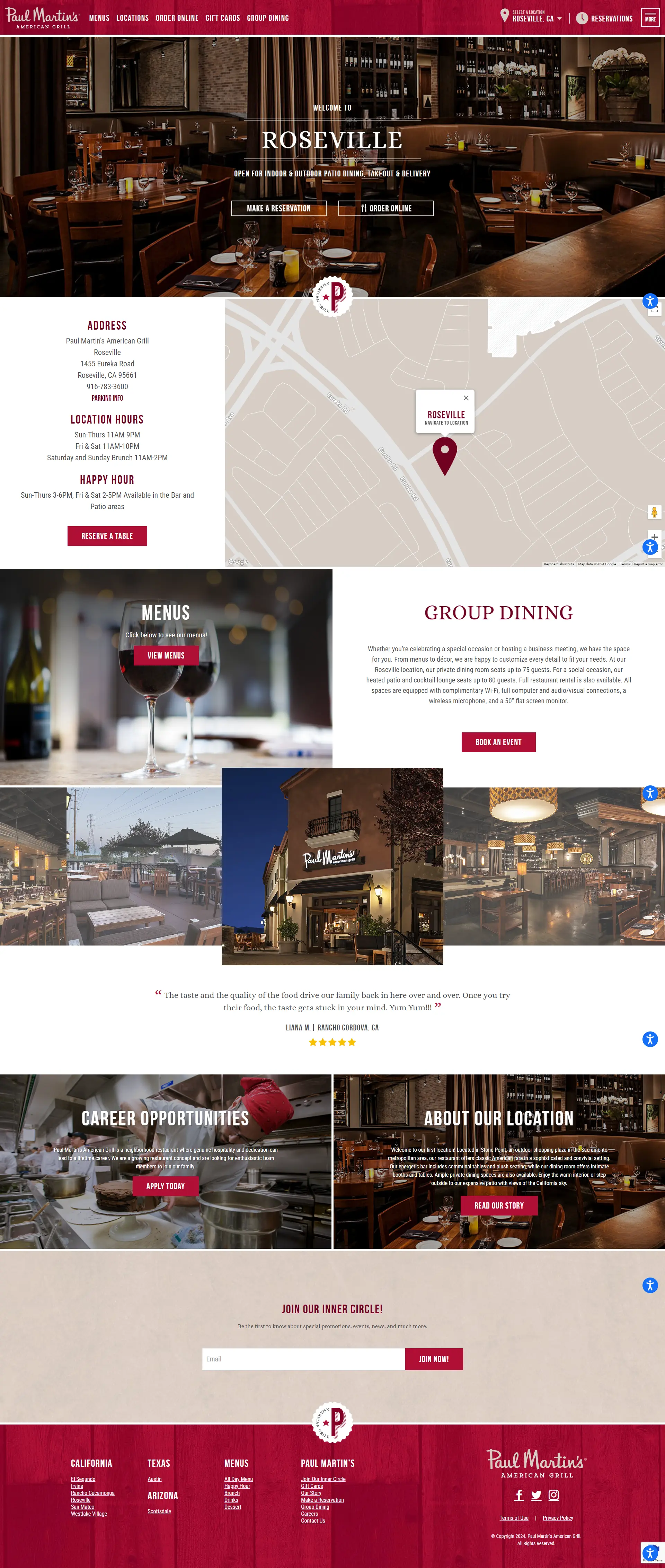CRM Best Practices
Implementing a Customer Relationship Management (CRM) system is a significant undertaking for any business. While the potential benefits are immense, a successful implementation requires careful planning and execution. Let’s explore some best practices to ensure a smooth and effective CRM rollout:
- Define Clear Objectives: Before diving into implementation, clearly define your objectives and desired outcomes. What specific challenges do you want to address with a CRM? What key performance indicators (KPIs) will you use to measure success? Having a clear vision will guide your implementation strategy.
- Choose the Right CRM: As discussed in a previous post, selecting the right CRM is crucial. Evaluate your business needs, consider various factors, and choose a system that aligns with your goals and budget.
- Secure Buy-In from Stakeholders: Involve key stakeholders from different departments, including sales, marketing, customer service, and IT, throughout the implementation process. Their input and support are essential for successful adoption.
- Data Migration and Cleanup: If you’re transitioning from an existing system or spreadsheets, ensure a smooth data migration process. Clean up your data to eliminate duplicates and inconsistencies, ensuring data integrity within the new CRM.
- Customization and Configuration: Tailor the CRM to your specific business processes and workflows. Configure fields, layouts, and automation rules to match your requirements.
- User Training and Adoption: Provide comprehensive training to all users, ensuring they understand how to use the CRM effectively. Encourage adoption by highlighting the benefits and providing ongoing support.
- Integration with Other Systems: If you’re using other business systems, integrate them with the CRM to create a unified view of your customers and streamline your operations.
- Data Security and Compliance: Implement robust data security measures to protect sensitive customer information. Ensure compliance with relevant data protection regulations.
- Ongoing Optimization and Review: Regularly review your CRM usage and identify areas for improvement. Monitor KPIs, gather user feedback, and make adjustments as needed to maximize the system’s effectiveness.
Summary
By following these best practices, you can increase the chances of a successful CRM implementation, leading to improved customer relationships, enhanced productivity, and ultimately, business growth.
Next Steps
Need expert guidance on CRM implementation? Book a consultation with us today. We’ll help you navigate the process, ensure a smooth rollout, and set your business up for CRM success.















